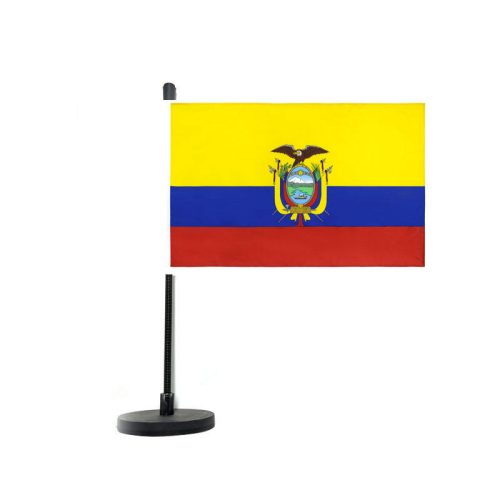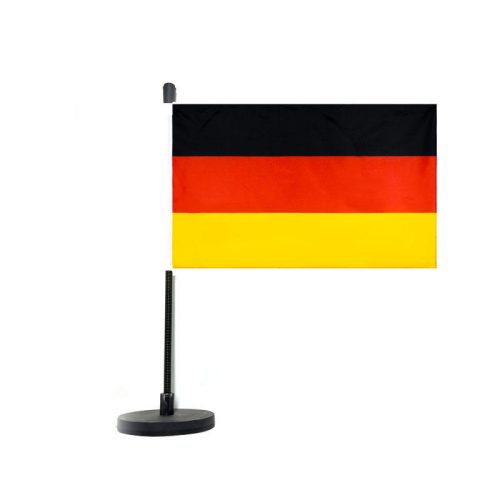One of the earliest recorded uses of flags dates back to ancient Egypt, where soldiers would carry banners and standards into battle. These early flags were usually made of linen or animal skins, and featured simple designs and symbols that represented the pharaohs and their gods.
In ancient Rome, flags were known as vexilla, and were used by the military to identify different legions and units. These flags were made of cloth and featured a variety of designs and symbols, including eagles, dragons, and other creatures.
During the medieval period in Europe, flags were used to represent the different feudal lords and their armies. These flags were usually simple designs featuring a coat of arms or a specific color or pattern, and were often used as a way of identifying friend from foe on the battlefield.
The modern era of flag design began in the 18th century, with the rise of nationalism and the formation of modern nation-states. Flags were used as a way of representing these new nations, and many of the designs that we still see today were developed during this time.
One of the most famous flags in history is the American flag, which was designed in 1777 by a committee that included George Washington. The design features 13 stripes representing the original colonies, and a field of stars representing the states that would eventually join the union.
Today, flags are used all over the world as a way of representing nations, organizations, and causes. The design of a flag is an important consideration, as it can convey a powerful message and create a strong emotional response. Flag design continues to evolve, with new designs and symbols being developed to represent the ever-changing world we live in.


